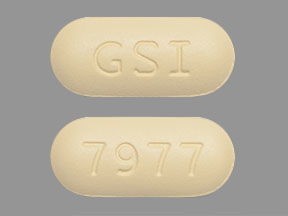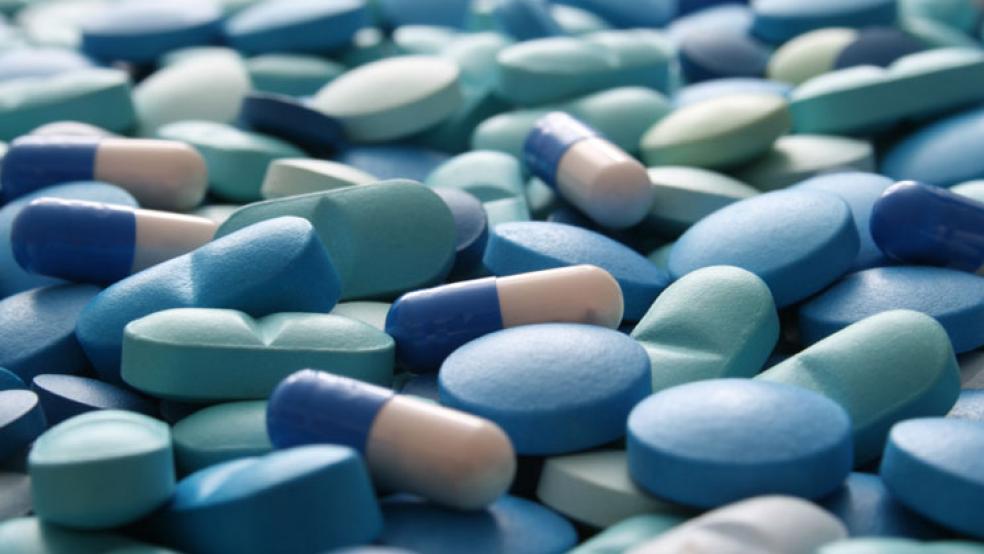It was a coincidence hard to overlook: The government released a new report on Tuesday projecting rising health care costs for the coming decade while a major pharmaceutical company issued a new earnings report showing extraordinary profits on the sale of new wonder drugs.
While drug spending increased by a modest 2.5 percent in 2013, it surged by 12.6 percent last year according to estimates in a new report on trends in health care costs by the Centers for Medicare and Medicaid Services. One of the major factors was the relatively recent Food and Drug Administration approval of highly effective -- but extremely expensive -- specialty drugs like Sovaldi and Harvoni for the treatment of Hepatitis-C, a potentially fatal liver disease.
Related: The Life-Saving Drug That Almost No State Can Afford
Gilead Sciences, the manufacturer of the two new drugs, announced a banner second quarter of sales largely driven by Sovaldi and Harvoni. Gilead reported revenue totaling $8.2 billion, a 26 percent increase above the $6.5 billion in sales a year ago, according to a company financial statement. More than half of that increase came from sales of the two new drugs.
The company says that the U.S. accounted for about 75 percent of the company’s total sales and the remainder came from sales in Europe.
Gilead purchased the patent to the drugs in 2011, and since then has reaped huge profits in the drug market. While the new drugs provide hope to many Americans suffering from the liver disease, they are adding billions of dollars to prescription drug costs for Medicare, Medicaid, the Department of Veterans’Affairs, the federal prison system and other programs and institutions providing health care coverage to the poor, the elderly and veterans.
John Rother, President and CEO of the National Coalition on Health Care, said in an interview Wednesday that the combination of an aging population and skyrocketing prescription drug costs “frankly threaten the sustainability of our health care system as these expensive drugs become more and more prevalent.”
“Gilead is just an example of that, but certainly not the whole problem,” he added.
Related: Cash-Strapped VA May Start Rationing Some Treatments
The California-based drug company has repeatedly defended the cost of its drugs, saying that research and development is very costly and that federal agencies and insurers are saving money in the long term by avoiding the need to finance costly liver transplants. Officials have also said that the company has given deep discounts to major health care providers, including the VA.
The retail cost of the drugs is between $84,000 and $94,500 for a 12-week regimen. The drugs are far ahead of other treatments and procedures in saving lives, but the math works out to be a startling $1,000 per pill for Sovaldi and $1,125 per pill for Harvoni.
Yet the hepatitis C treatment costs are only the tip of the iceberg in the prescription drug world, as The Fiscal Times reported recently.
Labor groups and patient advocates have complained about how Gilead and other pharmaceutical companies set prices, citing the more than $300,000 per year price of Vertex Pharmaceuticals’ cystic fibrosis drug Kalydeco and the $150,000 annual price for Celgene’s cancer drug Revlimid. Medicare’s board of trustees recently warned that these costly, breakthrough medications will help drive a sharp increase in the program’s prescription-drug spending over the next decade, raising annual growth to 9.7 percent between 2015 and 2024, from 6.5 percent in the prior eight years.
Related: Medicare’s Budget Busting $4.5 Billion for Hep-C Drugs
The new CMS report projects that overall health care spending will go up by an average of 5.8 percent over the coming decade, which would be higher than the current four percent average. As The Washington Post reported, spending on the new specialty drugs for treating Hepatitis-C and other illnesses has “helped push health care expenditures to $3.1 trillion in 2014 – the biggest increase since the recession.”
“We need to strike a new balance between innovation and affordability, and that may mean that we need to come up with a more pay-for-value type approach,” Rother said of addressing the high cost of drugs. “We need transparency, we need comparative effectiveness. There is a lot we need to put into place. This is not a simple problem at all.”





